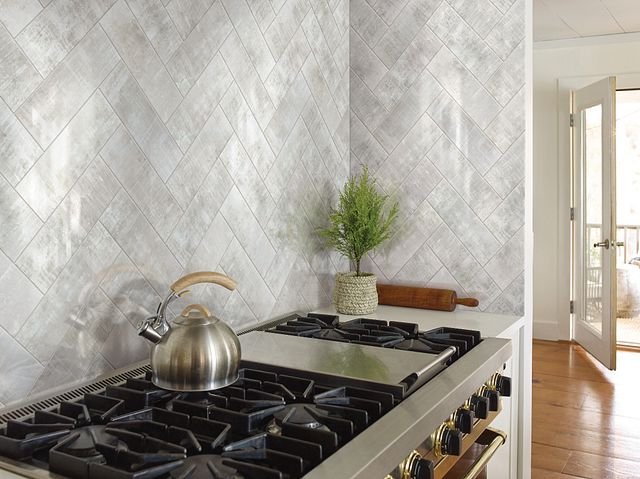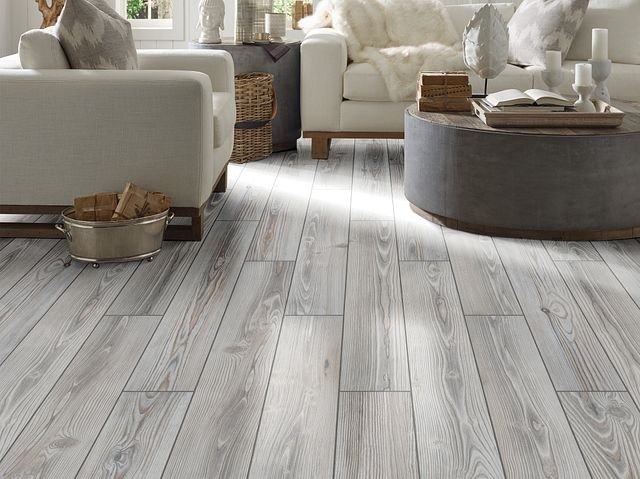Whether ceramic or porcelain, manufactured tiles are a mixture of clays that are shaped and fired at high temperatures. Natural stone tiles, like slate, granite, or travertine, are quarried products—but many ceramic and porcelain tiles mimic the look of stone very realistically. They create beautiful floors for much less than the cost of stone. If you’re wondering which to choose, here’s a summary of ceramic and porcelain key points:

Glazed Ceramic Tile
Offers excellent value!—typically lower in cost compared to porcelain tile with similar texture/patterns Costs less than solid-surface products and natural stones Very durable—wears well over time on interior floors Available in a variety of stylish designs and colors Has long-lasting, durable surface glaze Fine natural ingredients and well-controlled manufacturing processes are used Has a low rate of water absorption, so it’s suitable for interior floors and walls Offers wipe-clean maintenance

Glazed porcelain tile
Requires a rigidly controlled manufacturing process using the most advanced procedures and technology Is considerably denser and more impervious to liquids Has a much lower rate of water absorption than ceramic tiles and is considered frost-proof—therefore, porcelain is suitable for exterior use in all climates Has a higher breaking strength than most ceramic tiles Is fired at extremely high temperatures, becoming 30% harder than natural stone (like granite and marble) Costs less than solid-surface products and natural stones Available in a variety of stylish designs and colors Offers wipe-clean maintenance

